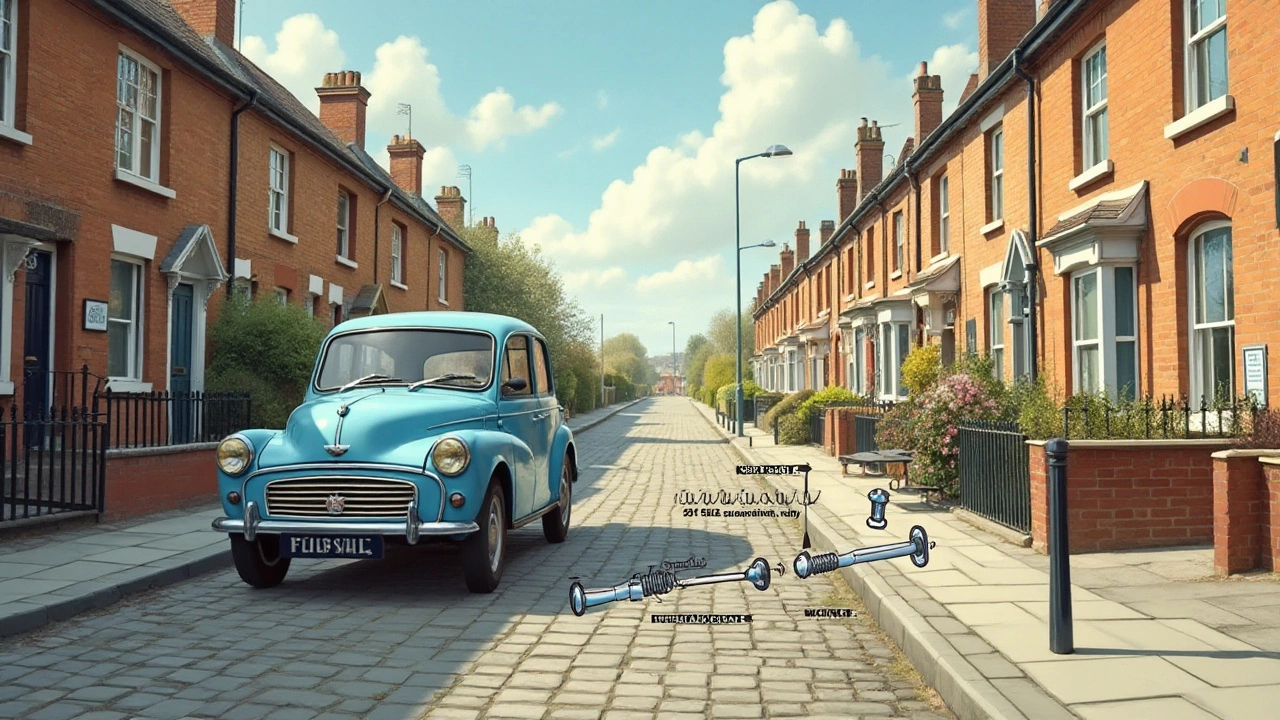Car Suspension Issues: Causes, Signs & Solutions
When dealing with car suspension issues, a set of problems that affect a vehicle's ability to absorb road bumps and keep tyres in contact with the surface. Also known as suspension problems, they can show up as noisy rides, uneven tyre wear or a bouncy feel.
Understanding car suspension issues helps you catch them early and avoid costly repairs. The suspension system is a network of springs, dampers and linkages that work together to support the vehicle’s weight while maintaining tire contact. Car suspension issues encompass worn shock absorbers, mis‑aligned wheels, and deteriorated bushings, each altering the way the car responds to road input. When any part fails, the whole system can feel loose, stiff, or noisy. Recognizing that a clunk when hitting a pothole often points to a failing shock absorber, while a drifting sensation in straight‑line driving usually signals alignment problems, lets you target the right fix.
What to Look For
Shock absorber, the damper that controls spring movement and reduces body motion. Also called damper, a worn shock absorber often creates clunking noises and a harsh ride. Pair it with strut, a structural component that combines a shock absorber with a coil spring. When either part degrades, the car’s handling suffers and the suspension geometry changes, which can lead to uneven tyre wear and reduced stability.
Proper wheel alignment, the adjustment of camber, caster and toe to keep tyres parallel to the road is another piece of the puzzle. Mis‑alignment amplifies the effects of worn bushings, which are the rubber cushions connecting control arms to the chassis. When suspension bushing, a flexible joint that isolates vibration deteriorate, you’ll notice vibrations through the steering wheel, a knocking feeling during turns, and uneven tread wear. Fixing these components restores ride comfort, safety and prolongs tyre life.
Below you’ll find a curated collection of articles that dig into each symptom, show you how to diagnose problems yourself, and explain when it’s best to call a professional. From identifying a bad shock absorber to understanding the cost of a full suspension rebuild, the posts give you actionable insight so you can keep your ride smooth and safe.

Detecting Noises from Bad Suspension While Driving
Feb 3 2025 / AutomotiveDriving with a bad suspension can lead to various noises that indicate underlying issues. From clunking sounds to squeaks, these noises help in identifying the problematic components. Understanding these noises can assist drivers in deciding when to seek professional help. Regular maintenance can prevent these issues from becoming severe and ensure a smoother ride.
VIEW MORE